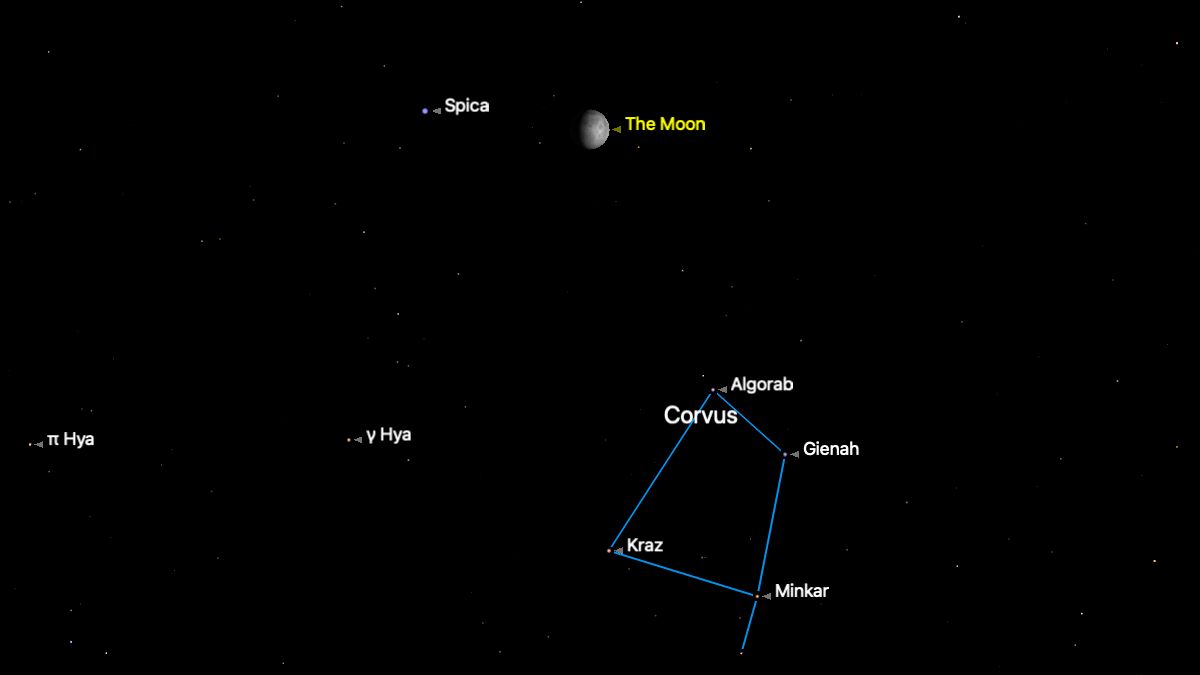Radiation Detector Used on Space Station Can Help Sniff Out Forged Paintings
Technology developed at CERN and flown on the International Space Station is now at work helping art experts analyze paintings.
That technology is small, supersensitive radiation detectors that can count and study particles, which CERN developed to track particles at the Large Hadron Collider. On the space station, it manifested as Timepix detectors, used to gather data about how much radiation astronauts are exposed to during spaceflight.

But on Earth, it can be used to create specialized X-ray images of artwork that can help experts determine the authenticity of the picture by precisely analyzing where certain pigments have been applied.
"The art market is a jungle — some say that around 50 percent of art pieces and paintings are either fakes or are incorrectly attributed," Josef Uher, chief technology officer of Czech company InsightART, which is spearheading the project, said in a statement released by the European Space Agency (ESA). "This has huge consequences for the value of such artworks."

This isn't the first partnership between particle physicists and art professionals, who have turned to circular particle accelerators known as synchrotron facilities to gather new data about artworks. These analyses can also be valuable for learning about archaeological finds and fossils.
The company that has been spearheading the art applications is looking to expand how these detectors are used on the ground. "In future we want to combine our X-ray imaging with virtual reality to make it easier and more natural to use when scanning objects," Uher said. "Ultimate[ly] this could even be used for medical applications — it will take time, but it holds so much potential."
The particle technology isn't finished with spaceflight, either — ESA wants to send instruments that would incorporate the particle detectors into orbit on upcoming communications satellites.
Get the Space.com Newsletter
Breaking space news, the latest updates on rocket launches, skywatching events and more!
- JunoCam Images Are Where Science Meets Art and NASA Meets the Public
- Yusaku Maezawa's #dearMoon Project Aims for Lunar Art. Here's What Some Artists Think.
- This Is Your Brain in Deep Space: Could Cosmic Rays Threaten Mars Missions?
Email Meghan Bartels at mbartels@space.com or follow her @meghanbartels. Follow us on Twitter @Spacedotcom and on Facebook.
Join our Space Forums to keep talking space on the latest missions, night sky and more! And if you have a news tip, correction or comment, let us know at: community@space.com.

Meghan is a senior writer at Space.com and has more than five years' experience as a science journalist based in New York City. She joined Space.com in July 2018, with previous writing published in outlets including Newsweek and Audubon. Meghan earned an MA in science journalism from New York University and a BA in classics from Georgetown University, and in her free time she enjoys reading and visiting museums. Follow her on Twitter at @meghanbartels.
